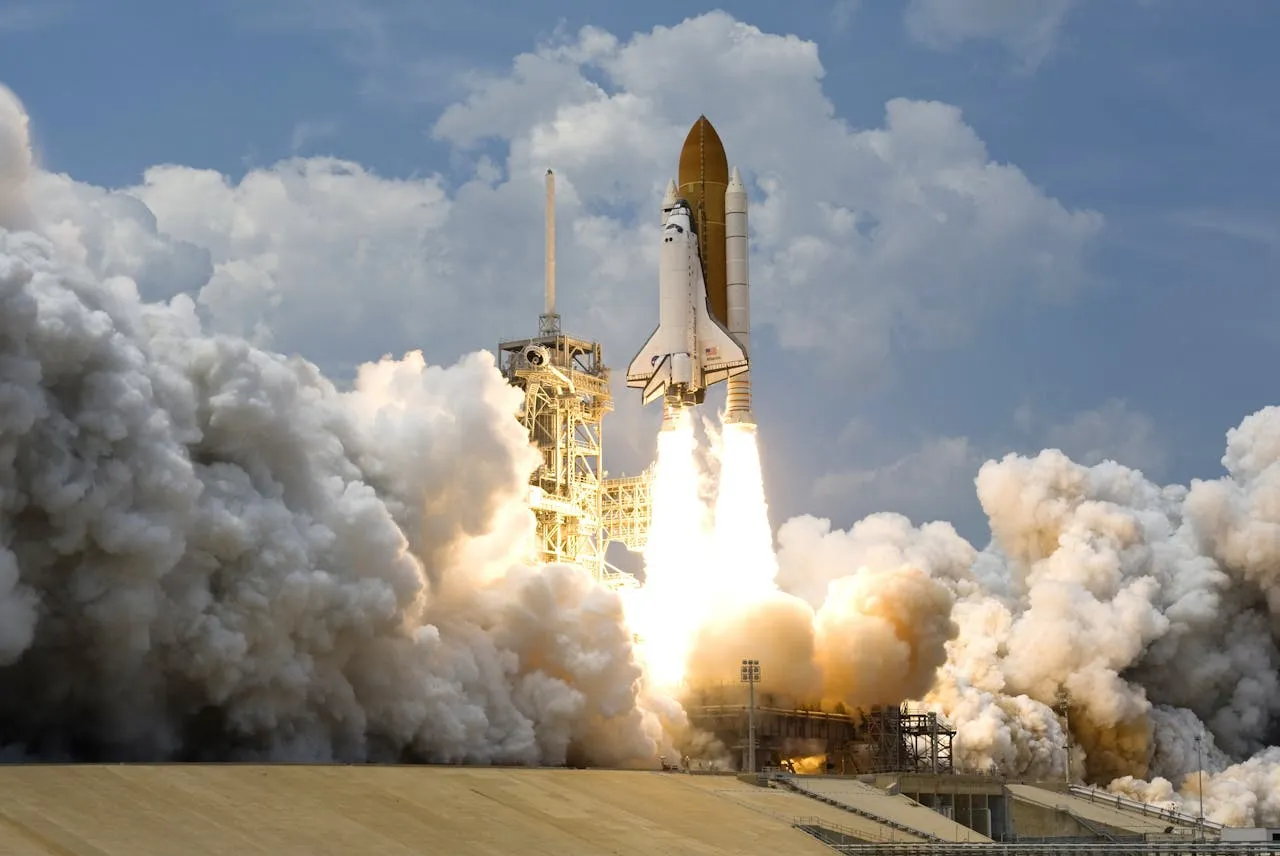
Global lunar exploration company ispace has announced that Mission 2, which includes the RESILIENCE lunar lander and the TENACIOUS micro rover, is now scheduled to launch no earlier than December 2024. During a press conference at the Tsukuba Research Support Center in Tsukuba City, Ibaraki, Japan, ispace shared updates on the progress of the RESILIENCE lander and the mission as a whole.
Takeshi Hakamada, Founder & CEO of ispace, expressed his excitement about the progress: “We are pleased to confirm that the assembly and integration of the RESILIENCE lander are complete, and we are on track for our planned launch this December. The landing site has been selected, and preparations for Mission 2 are advancing smoothly.” He added, “Mission 2 development is informed by the lessons learned from Mission 1, and we appreciate the continued support from our stakeholders. Our team is committed to the mission’s success. Never Quit the Lunar Quest.”
RESILIENCE Lunar Lander Development Progress
Testing of the RESILIENCE lunar lander’s structural thermal model began in 2023 at the Japan Aerospace Exploration Agency (JAXA)’s Tsukuba Space Center. Since May 2024, various tests on the flight model have been completed successfully.
In August 2024, ispace EUROPE S.A., ispace’s European subsidiary, shipped the TENACIOUS micro rover from Luxembourg to Japan, where it was integrated into the lander’s payload bay. With nearly all testing completed, RESILIENCE will soon be prepared for shipment to Cape Canaveral, Florida, where it will launch aboard a SpaceX Falcon 9 rocket.
Mission 2 Landing Site
The primary landing site for Mission 2 has been chosen near the center of Mare Frigoris (Sea of Cold) at 60.5 degrees north latitude and 4.6 degrees west longitude. This expansive basaltic plain in the Moon’s northern hemisphere was selected to provide operational flexibility while meeting the technical requirements of the RESILIENCE lander and the exploration objectives for the TENACIOUS micro rover. The site was chosen based on continuous sun-illumination and communication visibility from Earth. The exact landing date has yet to be announced.
Ryo Ujiie, CTO of ispace, reflected on Mission 1 and expressed optimism for Mission 2: “Thinking back to our first landing attempt on April 26, 2023, and the support we’ve received, we eagerly anticipate the launch of Mission 2. This represents a significant step forward for ispace and our lunar exploration goals.”
Final Payload Manifest
ispace has announced the final payload for Mission 2: artist Mikael Genberg’s “Moonhouse,” a small red house framed in Swedish-style white. This artistic project, envisioned by Genberg for 25 years, will be transported to the Moon and deployed on its surface. Julien-Alexandre Lamamy, CEO of ispace-EUROPE, praised the project: “The Moonhouse aligns with our vision to expand humanity’s presence in space and explore new possibilities.”
In addition to the Moonhouse, the following payloads are prepared for launch:
- Water electrolyzer equipment from Takasago Thermal Engineering Co.
- A self-contained module for food production experiments from Euglena Co.
- A deep space radiation probe developed by the Department of Space Science and Engineering, National Central University, Taiwan
- A commemorative alloy plate modeled after the “Charter of the Universal Century” by Bandai Namco Research Institute, Inc.
- ispace’s TENACIOUS micro rover
Supporting Company Updates
As of September 2024, Tokyo Keiki Corporation has joined the HAKUTO-R program as a supporting company. Tokyo Keiki aims to expand its space sector activities as part of its “TOKYO KEIKI Vision 2030” and will collaborate with ispace on space equipment R&D to contribute to the development of a lunar economy.




